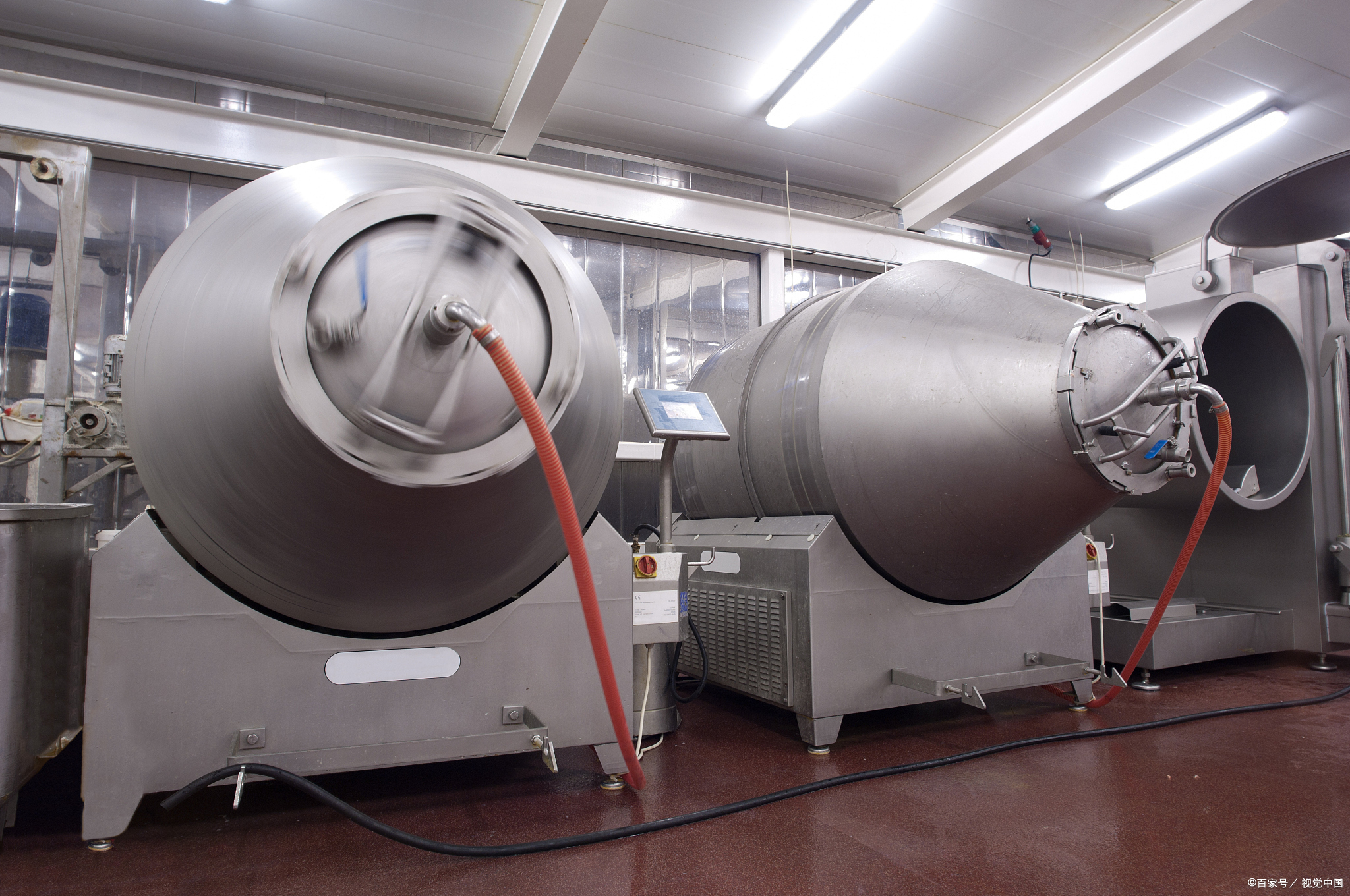The main reason for the mechanical seal leakage of the construction machinery
1. An overview of chemical engineering mechanical seals
Chemical engineering machinery seal refers to the sealing device of the sealing axial end surface achieved by the pre-tightening of the elastic element on the end face of the static ring and the moving ring and the compression between the pressure of the elastic element and the medium pressure.
The secondary compression element of the end face seal of the static ring and the moving ring is the main part of the mechanical seal. The main auxiliary seals include x-shaped, 0-shaped, U-shaped and rectangular spear-like seal rings, springs and push rings. It is the main elastic compensation component, in addition to fasteners and transmission parts, which are important components of mechanical seals.
The principle of mechanical seal: The shaft drives the moving ring and the static ring to rotate through the transmission seat and the push ring, while the static ring remains stationary. Under the combined action of the spring force and the medium pressure, the sealing section between the moving and static rings is closely matched to achieve the sealing of the packaging medium. Does not leak.
The push of the spring can compensate the wear of the friction pair to a certain extent. The 0-type sealing ring of the moving ring ensures that the medium between the moving ring and the shaft does not leak, and the leakage of the medium along the static ring and the gland is prevented by the 0-type sealing ring of the static ring.
2. The main reasons for the leakage of chemical engineering machinery seals The main reasons for the leakage of chemical engineering machinery seals:
(1) Reasons for installation. When chemical machinery is in operation, due to abnormal phenomena such as low pressure, cavitation and evacuation, large axial forces will be generated, which will lead to separation of the contact surfaces of the moving and static rings: the compression caused by the installation of mechanical seals will be large, which will also cause friction. The secondary end face has more serious damage and wear: the moving ring sealing ring is too tight, the spring will not be able to adjust the axial floating amount of the moving ring; selection errors often occur in the design, the cold compression of the sealing material is large or the sealing end surface The specific pressure is lower, etc.; the static sealing ring is looser. When the moving ring floats in the axial direction, the static ring may break away from the static ring seat: in the working medium, if there is a particulate material, it will enter the end face of the friction pair during operation, and then the moving and static ring The sealing section caused damage.
(2) Long-term wear and tear. Mechanical wear will destroy the normal cooperation of the seal pair. When a certain amount of wear occurs on the end face, the seal must perform axial displacement and radial swing every time the drive shaft rotates. The movement and wear conditions can be judged based on the wear marks. The cause of seal leakage can also be determined.
For example, the wear marks of the sealing pair are uniform, and the matching of the parts is good, which shows that the coaxiality of the transmission part is good. At this time, the leakage of the sealing end face may not be caused by the problem of the sealing itself. If the leakage is constant, it means that the leakage does not occur between the two ends, but may occur in other parts, such as static seals. For another example, the seal leaks when it starts to use, and no traces of friction end face wear are observed. It may be that the rotating ring does not rotate or slip relative to the stationary ring. The reason may be that the anti-rotation pin is loose or broken, or the aperture of the base is smaller than The outer diameter of the seal is caused by improper installation.

(3) Chemical corrosion failure. In the chemical production process, there are many corrosive substances in the oil refining equipment. When the seal comes into contact with corrosive media, the corresponding surface corrosion will occur, which will cause violent corrosion points on the surface to form pitting corrosion. The corrosion produced on the surface of the metal will penetrate deep into the metal and aggravate the damage, eventually leading to the appearance of fracture, which shows the severity of the corrosion hazard. Because the seals are much smaller and more precise than the parts of the host, it is necessary to use materials that are more corrosion-resistant than the host. The pressure, temperature and sliding speed can accelerate the corrosion rate, and the corrosion rate of the seal will increase exponentially as the temperature rises. When dealing with strongly corrosive fluids, double-end seals should be used, because the number of parts in contact with the process fluid is relatively small, which can minimize the impact of corrosion on the seals.
- Prev:Machinery Seal
- Next:没有了!

 中文
中文
 EN
EN
